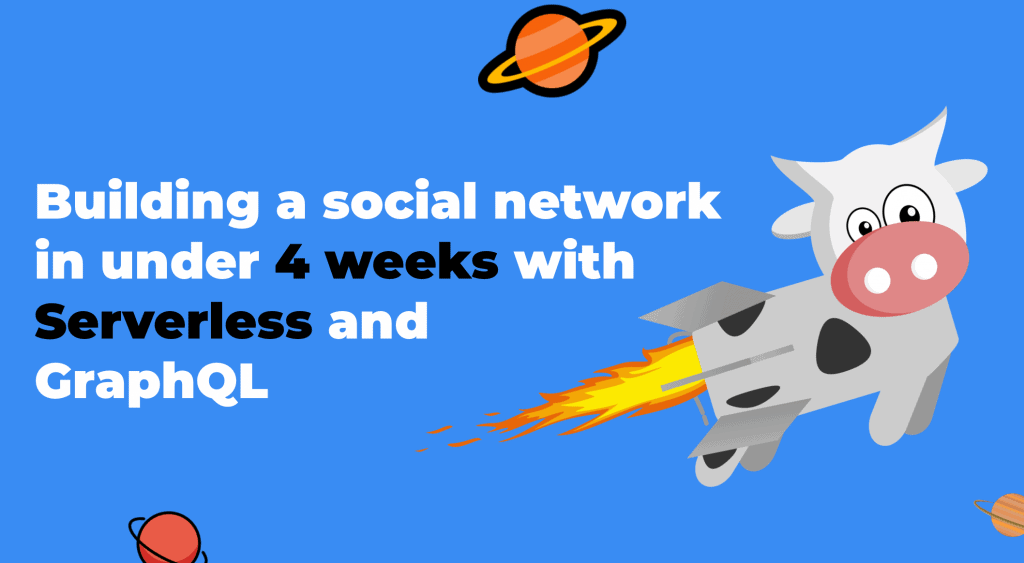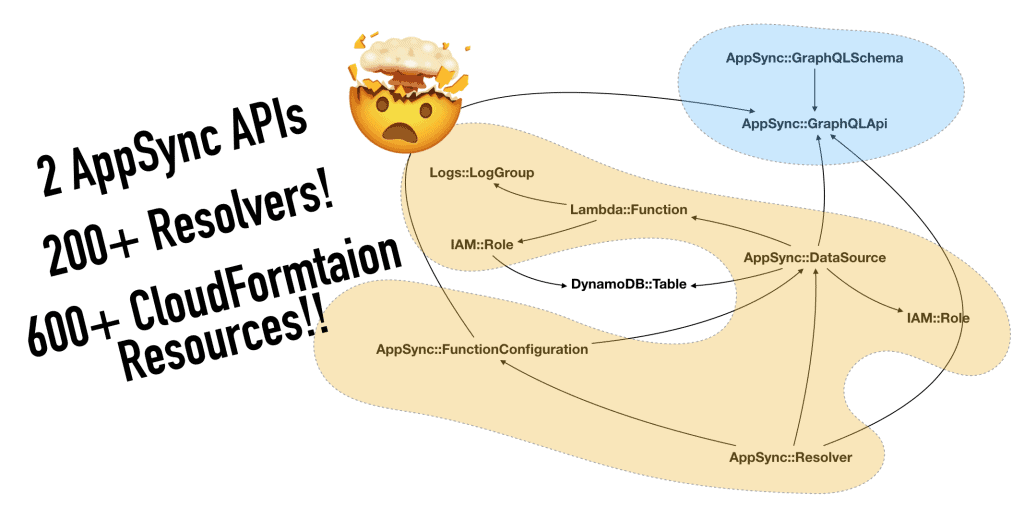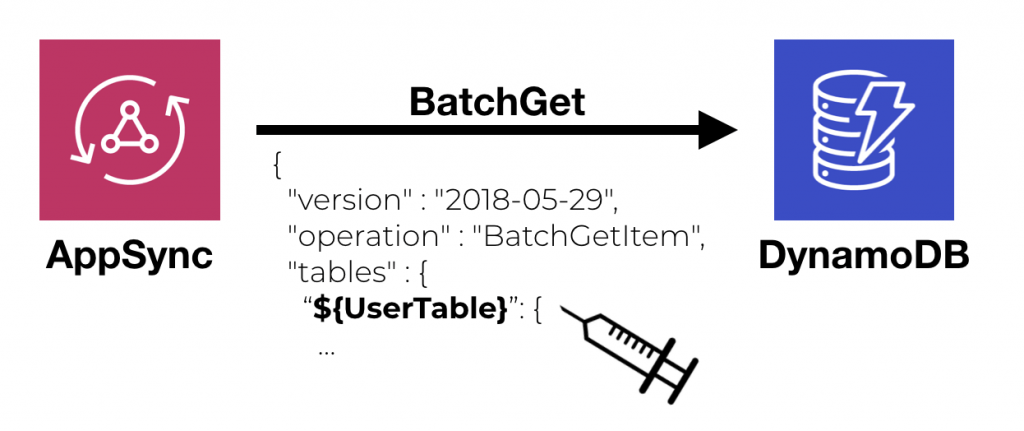How I built a social network in 4 weeks with GraphQL and serverless
I have been involved with a client project to help the client launch a new social network for university students to engage with each other to do sports. Amongst other things, users can: Arrange activities and ask to join others’ activities (like a basketball match or to run in the park). There’s private messaging. Users …
How I built a social network in 4 weeks with GraphQL and serverless Read More »






